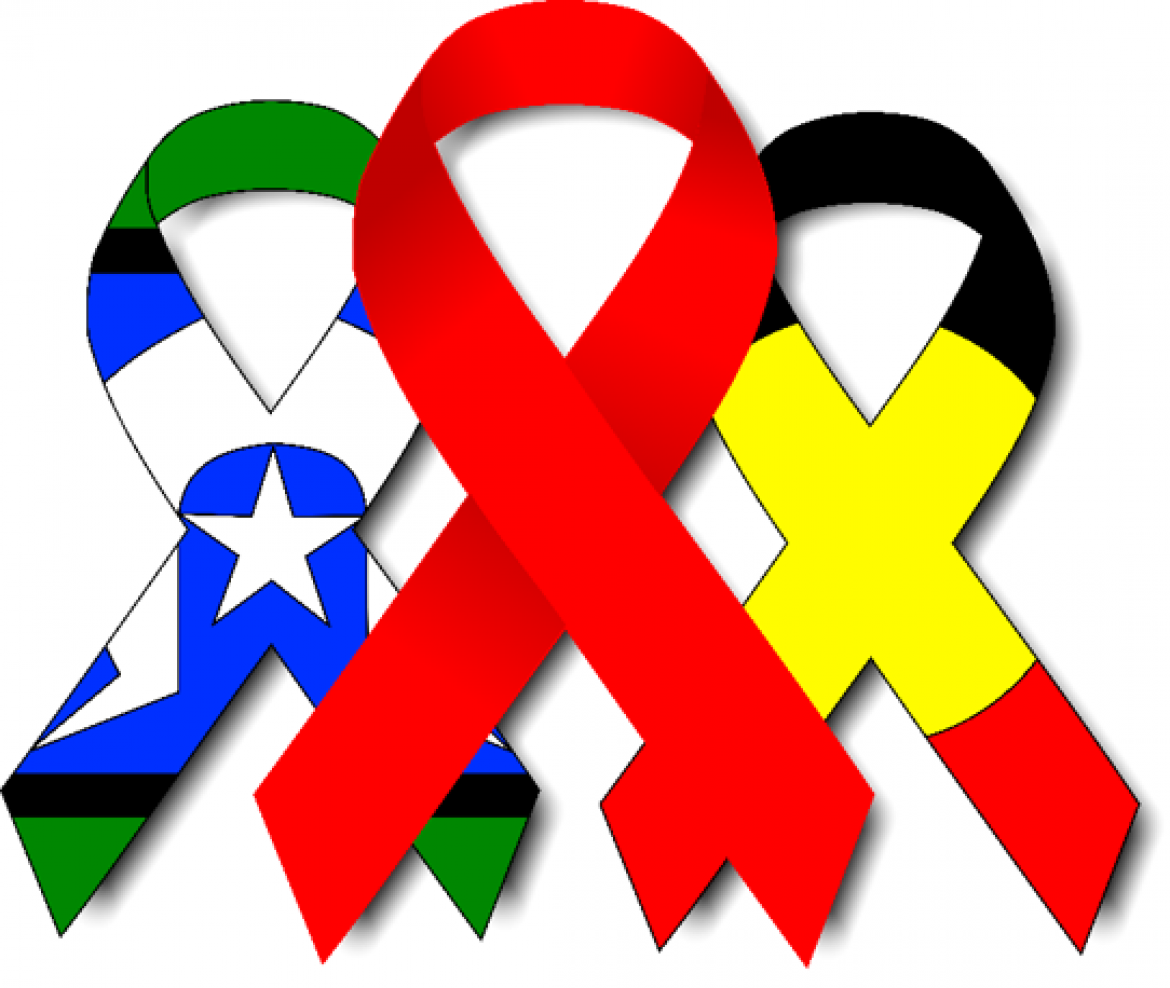August 12, 2019
A bottle of Atripla, the first once-daily regimen for treatment of the HIV-1 infection in adults, sits on the podium at the conclusion of a press conference announcing the drug’s approval by the Food and Drug Administration, at the National Press Club, Wednesday, July 12, 2006 in Washington, D.C. Since the introduction of azidothymidine in 1987 there have been major improvements in the treatment of HIV. In a recently published study, Forsythe and colleagues demonstrate that the advent of antiretroviral therapy (ART) in the mid 1990s has yielded significant achievements in global public health. Between 1995 and 2015, 9.5 million deaths have been averted worldwide, and global economic benefits are estimated at over $1 trillion.
In 2014, the United Nations Program on HIV/AIDS established the 90-90-90 treatment targets for the year 2020. These targets aim to have 90% of people living with HIV know their HIV status; 90% of those who are diagnosed receive continuous treatment; and 90% have viral suppression. The year 2020 is around the corner. Denmark appears to have been the first country to have achieved all three 90-90-90 targets. But, other countries have not achieved this kind of success. To illustrate, the percentage of HIV-infected people who have viral suppression is 61% in the U.K, and only 30% in the U.S.
If treatment scale-up of ART achieves the global 90-90-90 targets of the Joint United Nations Program on HIV/AIDS, a total of nearly 35 million deaths are projected to be averted between 1995 and 2030. Moreover, approximately 40 million new HIV infections could also be prevented by ART, and economic gains could reach over $4 trillion by 2030. However, both in terms of prevention of HIV transmission and treatment of the disease significant challenges remain. In 2017 there were 1.8 million new HIV infections and almost 40 million people living with HIV worldwide. Also, there were one million AIDS-related deaths. And, of people living with HIV, 41% were not receiving treatment.
It’s agreed that continued expansion of treatment scale-up to reach the 90-90-90 targets constitutes good value for money for government authorities and payers in every global region. However, different jurisdictions must overcome different sets of barriers to realize these gains. In Europe, the main issue has been getting people to test for HIV. In the U.S., the persistent problem has been linkage with and retention in care: That is, a high proportion of people living with HIV knows their status but has not started or stayed on treatment.
And, invariably, a limiting factor is health budget constraints worldwide. This applies to all aspects of HIV treatment, from diagnostics, to the logistics of supply and storage of medicines, to treatment and follow-up. And, as transmitted and acquired resistance increases worldwide, individual patient viral load monitoring will be critical, as well as judicious use and reimbursement of second- and third-line ART medications.
Joshua Cohen







